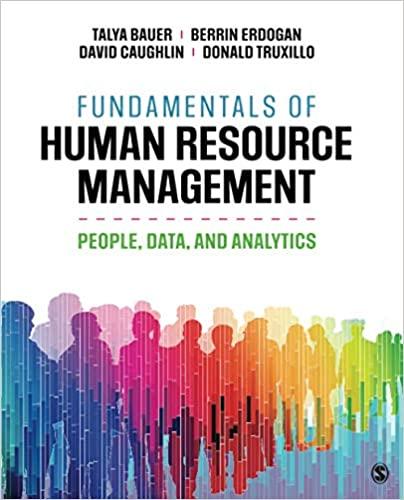In 1999, the Japanese carmaker Nissan was in trouble. The company had not been profitable for 8
Question:
In 1999, the Japanese carmaker Nissan was in trouble. The company had not been profitable for 8 years, its margins were low, and it was estimated that the car company gave away $1,000 for every car it sold in the United States. In addition, plant capacity was much larger than demand, leading to high overhead costs. In the hopes of turning things around, French carmaker Renault invested $5.4 billion in Nissan for an equity stake in the company.
After their strategic alliance governed by cross-sharing agreements was struck, Renault-Nissan became the fourth-largest car company in the world.
But the alliance made sense only if Nissan could turn things around. It was asked to do just that.
One of the major ways that Nissan set out to turn things around was to transform HR to a “shared services model.” This entailed a multitier HR service delivery system in which employees first had access to technology that allowed them to answer their own questions and to make most of their HR-related decisions on their own. If employees still needed help, then their question could be escalated to the next level of service, which included sending a ticket to a shared service desk. Finally, if the HR concern was not resolved at that level, it was escalated to HR experts. This change was transformational in allowing HR staff to shift from spending much of their time on administrative and transactional activities to spending more time on activities associated with being a strategic business partner.
Díez David explains that the rationale behind the major investment in time and money to move to a single global HR system was to allow Nissan to compare “apples to apples” when it came to employees and HR. Another major driver was the desire to leverage HR analytics to manage their talent globally. The hope was to save time for HR staff by offloading common administrative HR tasks and allowing them time to focus on high-value data analytics to help Nissan become more efficient and profitable.
Case Discussion Questions 1. Nissan underwent a great deal of change in a short period of time.
How do you think the employees who were asked to make these changes reacted along the way?
2. Díez David shared four recommendations for those considering a major HRIS project. Can you think of other recommendations that might make sense to help the process go smoothly?
3. What role do you think HRIS played in Nissan’s turnaround story?
4. Do you think there are any downsides to having a global HRIS in place? If so, what could be done to help mitigate those problems in the design and implementation phases?
Step by Step Answer:

Fundamentals Of Human Resource Management People Data And Analytics
ISBN: 9781544377728
1st Edition
Authors: Talya Bauer, Berrin Erdogan, David E. Caughlin, Donald M. Truxillo





